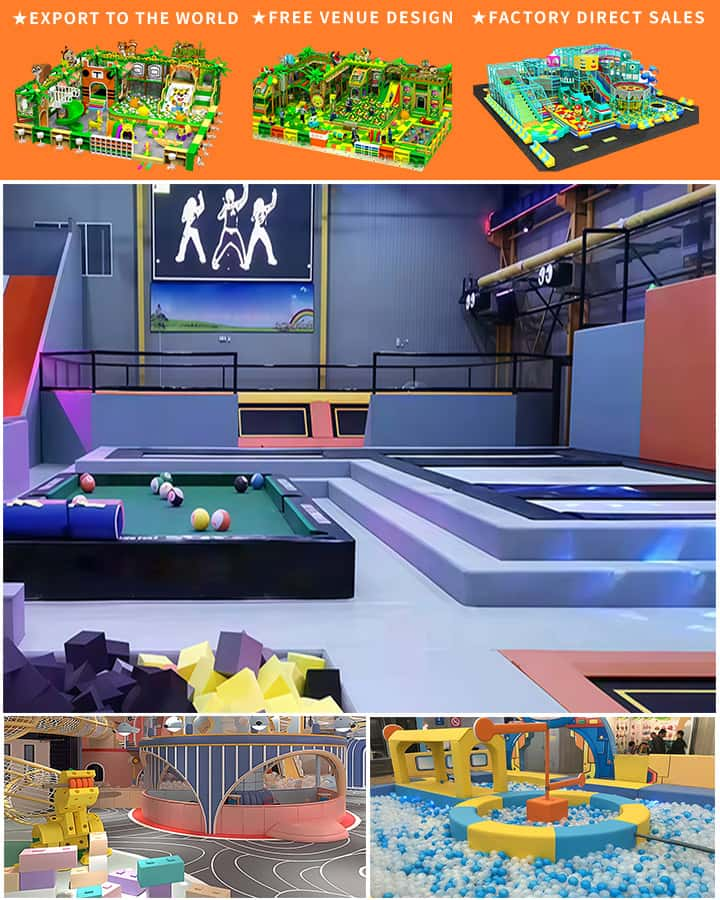Active play is crucial for the physical, emotional, and social development of children. In an age where screen time often competes with outdoor activities, playgrounds equipped with engaging equipment offer a vital space for kids to run, jump, and explore. This article highlights the significance of active play and the role of playground equipment in fostering healthy, active lifestyles for children.
The Physical Benefits of Active Play
Engaging in active play through playground equipment offers numerous physical benefits. Climbing structures challenge children’s muscles and coordination, swings improve balance and cardiovascular health, and slides enhance motor skills. These activities not only strengthen muscles and bones but also help prevent childhood obesity by encouraging regular physical activity. According to pediatricians, consistent active play can lead to better overall health and reduced risks of chronic conditions such as diabetes and heart disease.
Emotional and Social Development
Beyond physical benefits, active play is essential for emotional and social growth. Playgrounds provide a platform where children can interact with peers, develop communication skills, and build friendships. Cooperative games like seesaws or merry-go-rounds teach sharing and teamwork, while individual activities like balancing on beams or navigating obstacle courses boost self-confidence and resilience. Through these interactions, children learn to manage their emotions, resolve conflicts, and empathize with others.

The Role of Playground Equipment in Active Play
Playground equipment plays a pivotal role in promoting active play. Well-designed playgrounds feature a variety of equipment that caters to different age groups and abilities, ensuring inclusivity and engagement for all children. Here are some key types of playground equipment and their benefits:
Climbing Structures: Climbing walls, ladders, and ropes encourage upper body strength and coordination. They also stimulate problem-solving skills as children navigate different routes to reach the top.
Swings: Swings help improve lower body strength and balance. They offer sensory experiences as children soar through the air, contributing to vestibular system development.
Slides: Slides are fun and exhilarating, providing a mix of excitement and physical exercise. They help children overcome fears and develop spatial awareness.
Seesaws and Merry-Go-Rounds: These pieces of equipment promote social interaction and cooperation. They require children to work together, fostering a sense of community and shared joy.
Balance Beams and Obstacle Courses: These elements enhance balance, coordination, and motor planning. They challenge children to focus and persevere, building mental and physical endurance.
Creating Safe and Inclusive Playgrounds
To maximize the benefits of active play, it is essential to create safe and inclusive playground environments. Safety measures such as soft surfacing materials, proper maintenance, and age-appropriate designs are critical to preventing injuries. Additionally, inclusive playgrounds that accommodate children with disabilities ensure that every child has the opportunity to play and thrive. Features such as wheelchair-accessible equipment and sensory-rich areas cater to diverse needs, allowing all children to participate in active play.
Conclusion
Active play is a cornerstone of healthy childhood development, offering physical, emotional, and social benefits. Playground equipment plays a significant role in encouraging active play by providing varied and engaging opportunities for children to move, explore, and interact. By investing in safe and inclusive playgrounds, communities can nurture the next generation of healthy, active, and socially adept individuals. Prioritizing active play today paves the way for a brighter, healthier future for all children.




